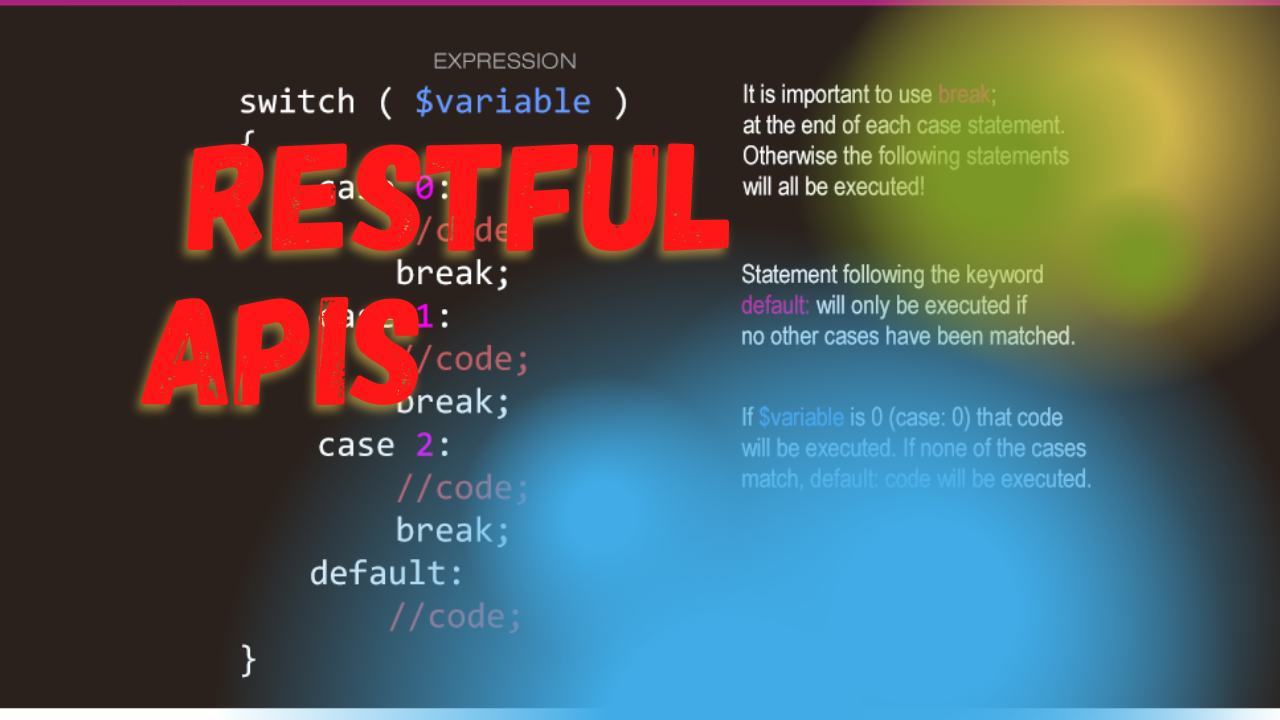Creating RESTful APIs is a critical component of modern web development. Laravel, with its elegant coding style and built-in functionalities, is perfectly equipped for building robust APIs efficiently. This guide will walk you through the steps to create a RESTful API using Laravel, focusing on best practices and essential techniques in API development with Laravel.
What is a RESTful API?
A RESTful API (Representational State Transfer) is an application programming interface (API) that uses HTTP requests to manage data. It allows different software systems to communicate over the internet in a standardized way using CRUD operations: Create, Read, Update, Delete.
Step 1: Setting Up Laravel
First, ensure that you have Laravel installed. If not, you can create a new Laravel project by running:
composer create-project --prefer-dist laravel/laravel LaravelApi
Navigate into your project directory and set up the environment for API development.
Step 2: Configure the Database
Edit your .env file to configure the database settings. You can use MySQL, PostgreSQL, or any other Laravel-supported database:
DB_CONNECTION=mysql
DB_HOST=127.0.0.1
DB_PORT=3306
DB_DATABASE=api_database
DB_USERNAME=root
DB_PASSWORD=
Run migrations to set up your database tables:
php artisan migrate
Step 3: Create Models and Migrations
For a simple API, let’s say you need a User model. Generate the model and its corresponding migration with:
php artisan make:model User -m
Edit the migration file in database/migrations to define your database schema, then apply the migration.
Step 4: Define Routes
In Laravel, API routes are typically placed in the routes/api.php file. Define a basic set of CRUD routes for your User model:
use App\Http\Controllers\UserController;
Route::apiResource('users', UserController::class);
Laravel automatically sets up the standard CRUD routes for your resource controller.
Step 5: Create the Controller
Generate a controller for handling the requests:
php artisan make:controller UserController --api
In the UserController, define methods for each type of request (GET, POST, PUT, DELETE), interacting with the User model via Eloquent:
public function index()
{
return User::all();
}
public function store(Request $request)
{
User::create($request->all());
return response()->json('User created successfully', 201);
}
public function show($id)
{
return User::findOrFail($id);
}
public function update(Request $request, $id)
{
$user = User::findOrFail($id);
$user->update($request->all());
return response()->json('User updated successfully');
}
public function destroy($id)
{
User::findOrFail($id)->delete();
return response()->json('User deleted successfully');
}
Step 6: API Authentication
For securing your API, use Laravel Passport or Sanctum to implement authentication:
composer require laravel/sanctum
Follow the package documentation to set up and configure API tokens.
Conclusion
Building a RESTful API with Laravel is straightforward thanks to its comprehensive routing and Eloquent ORM. By following these steps, you can set up a powerful API that can be easily expanded and maintained. Laravel's ecosystem offers extensive support for more complex features like advanced authentication, caching, and rate limiting, making it an excellent choice for professional API development.
By mastering the process of creating RESTful APIs in Laravel, you enhance your backend development capabilities, ready to tackle a wide array of web development challenges.
This blog post is structured to guide developers through the process of building a RESTful API with Laravel, from setup to authentication, providing a comprehensive and informative approach to Laravel API development.




